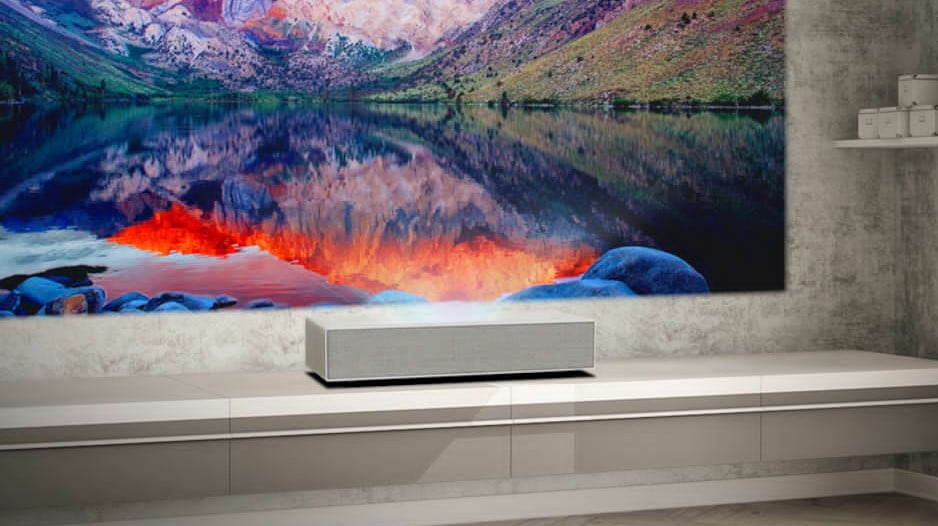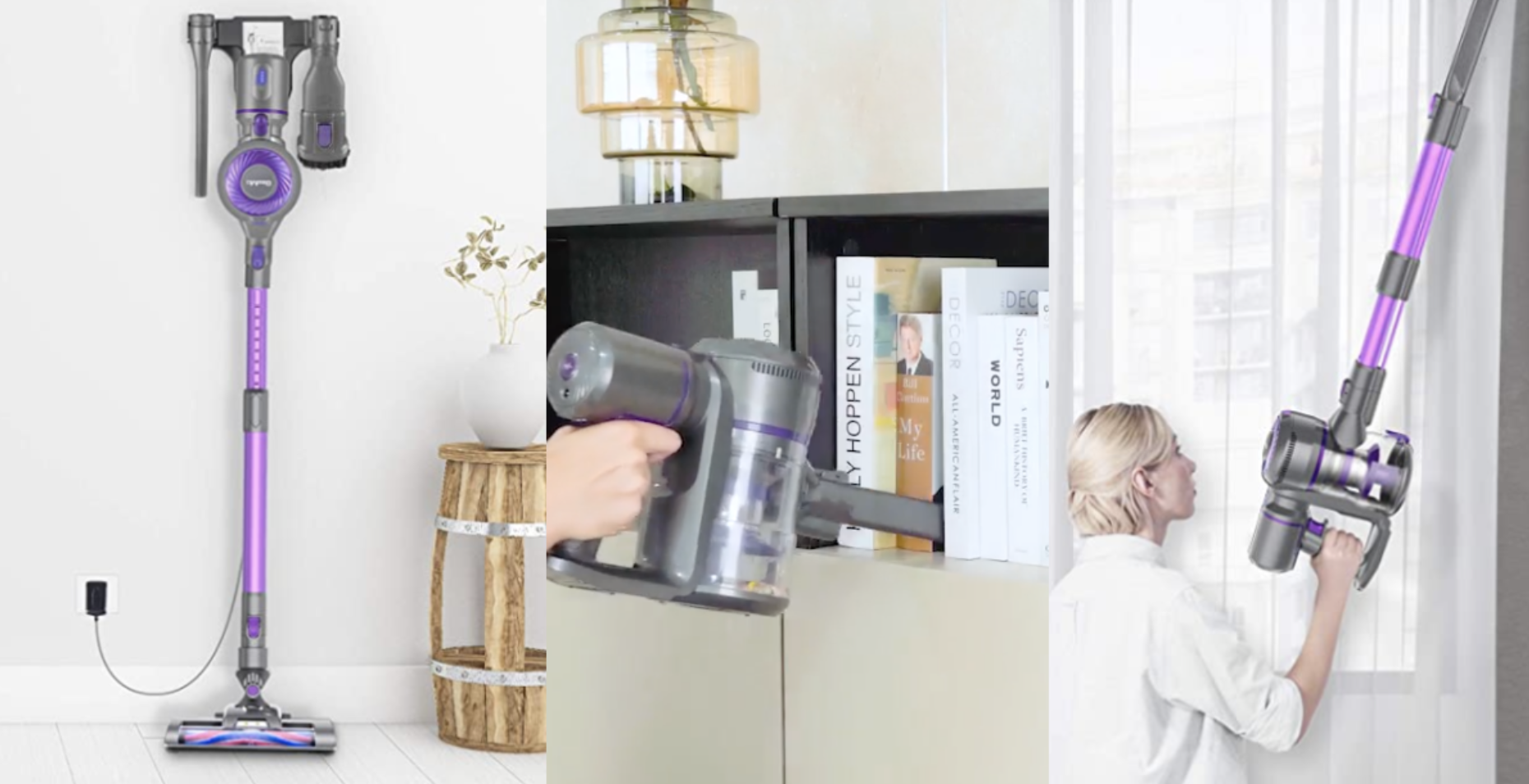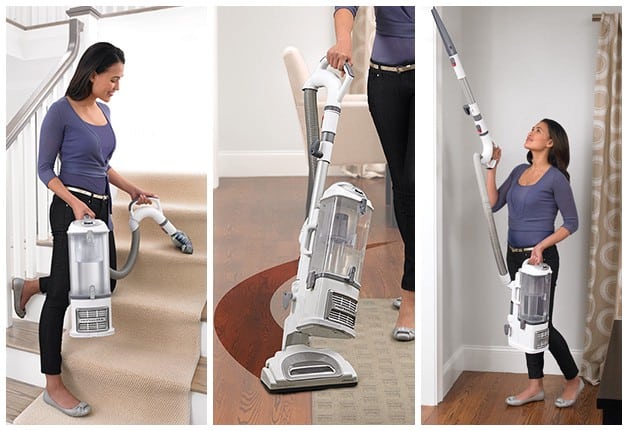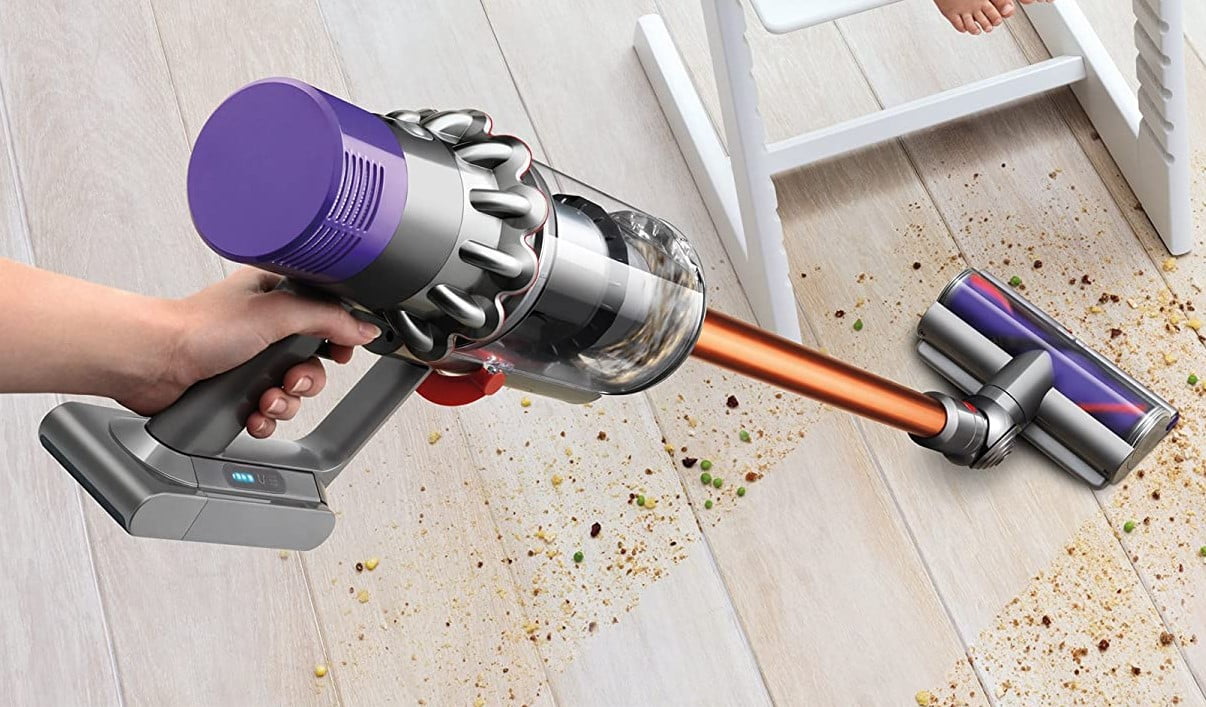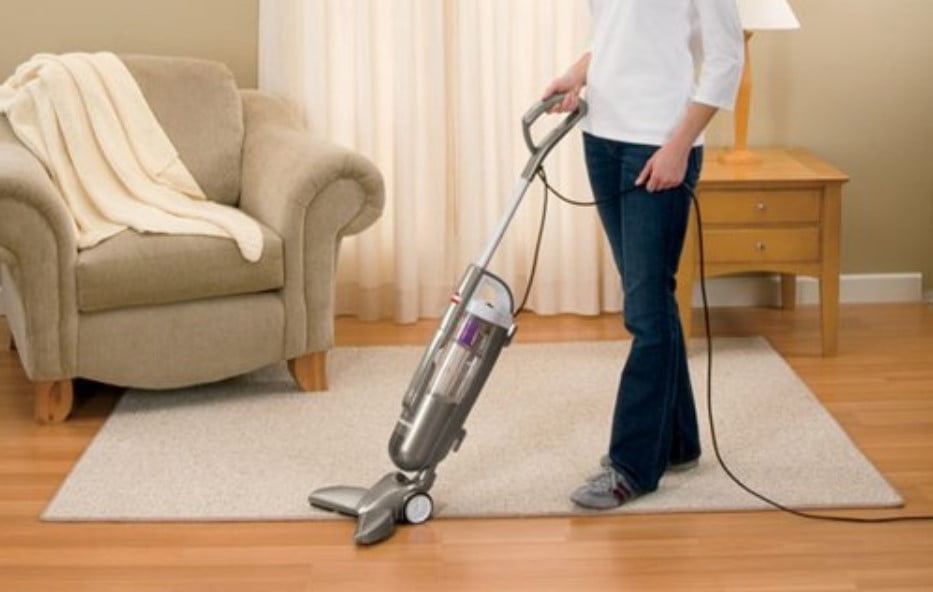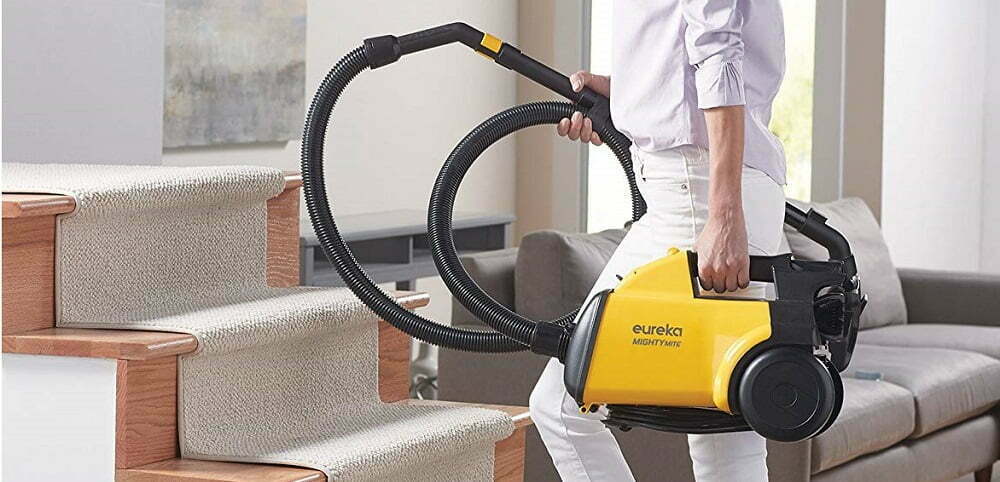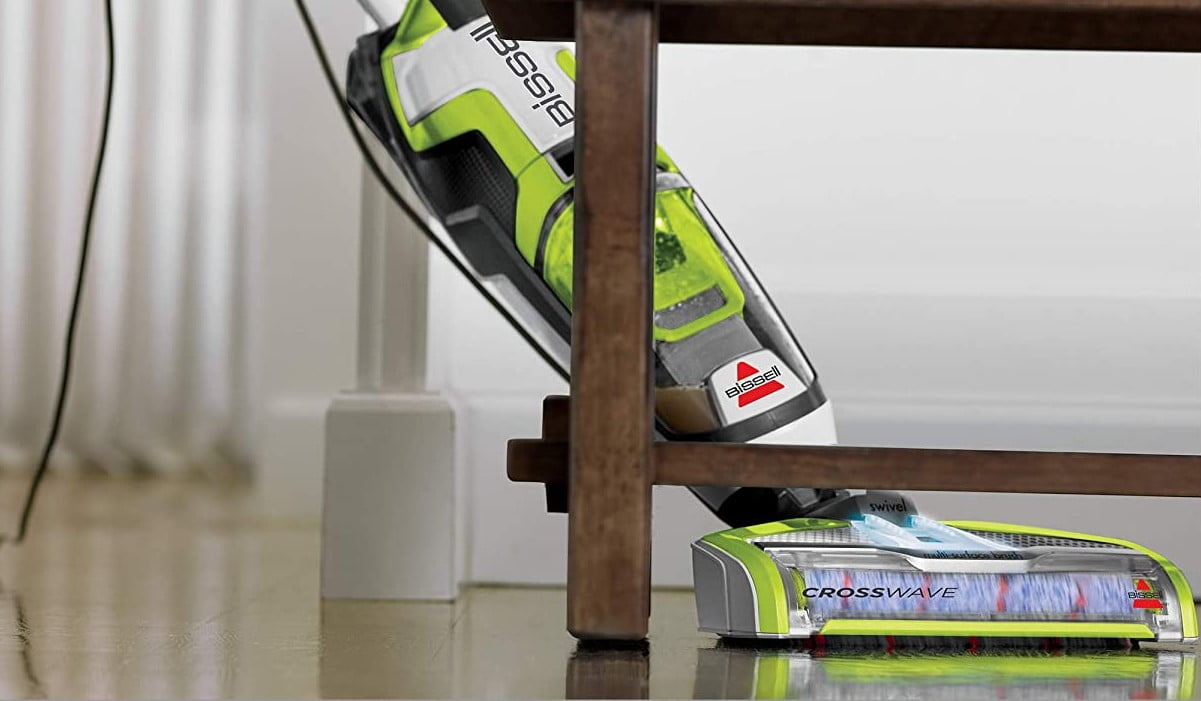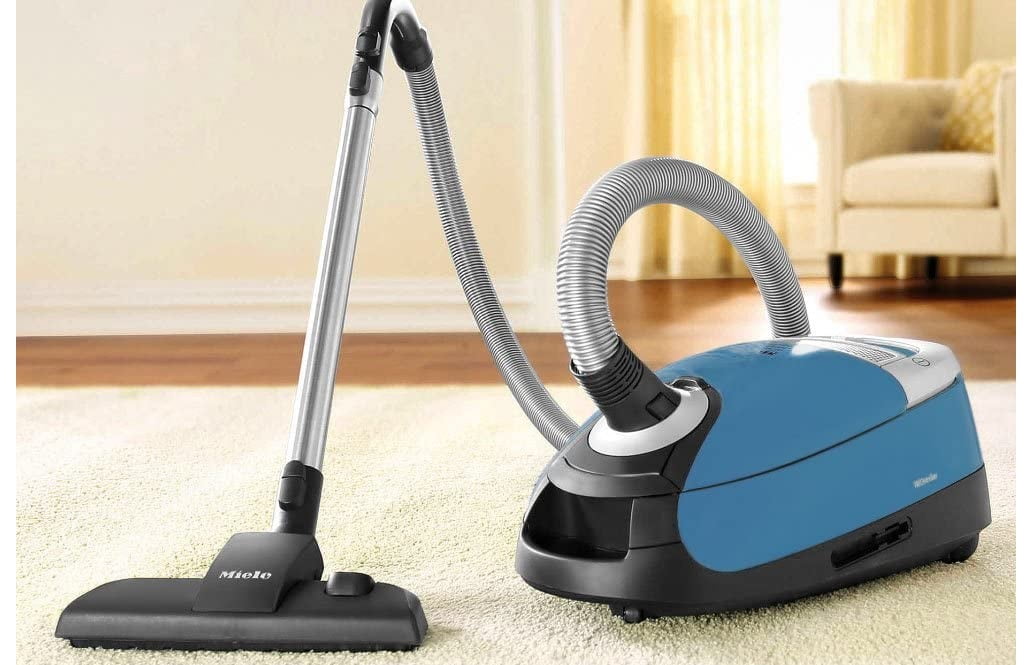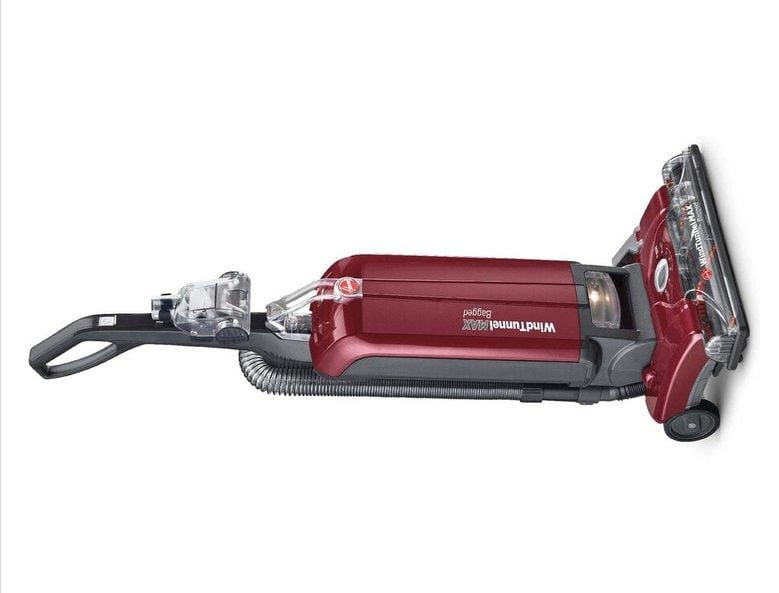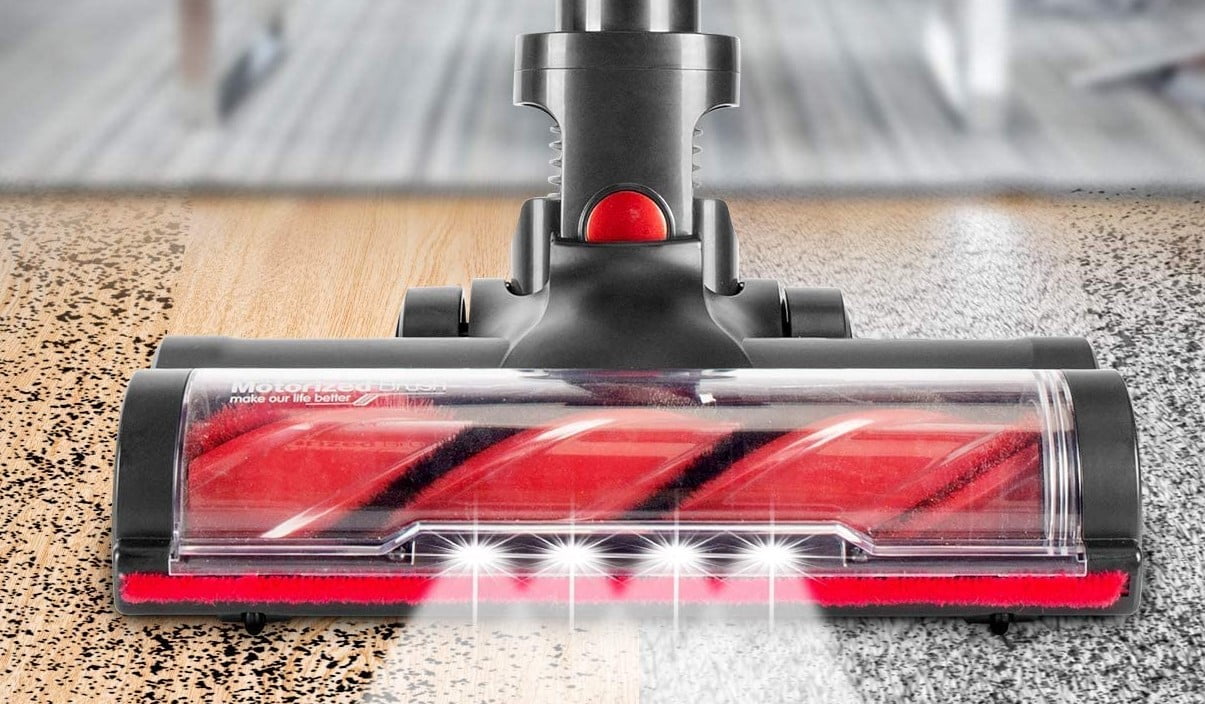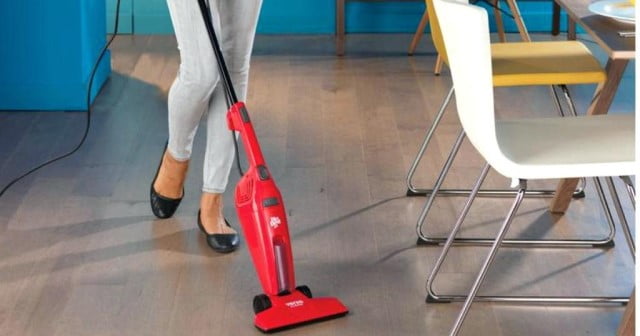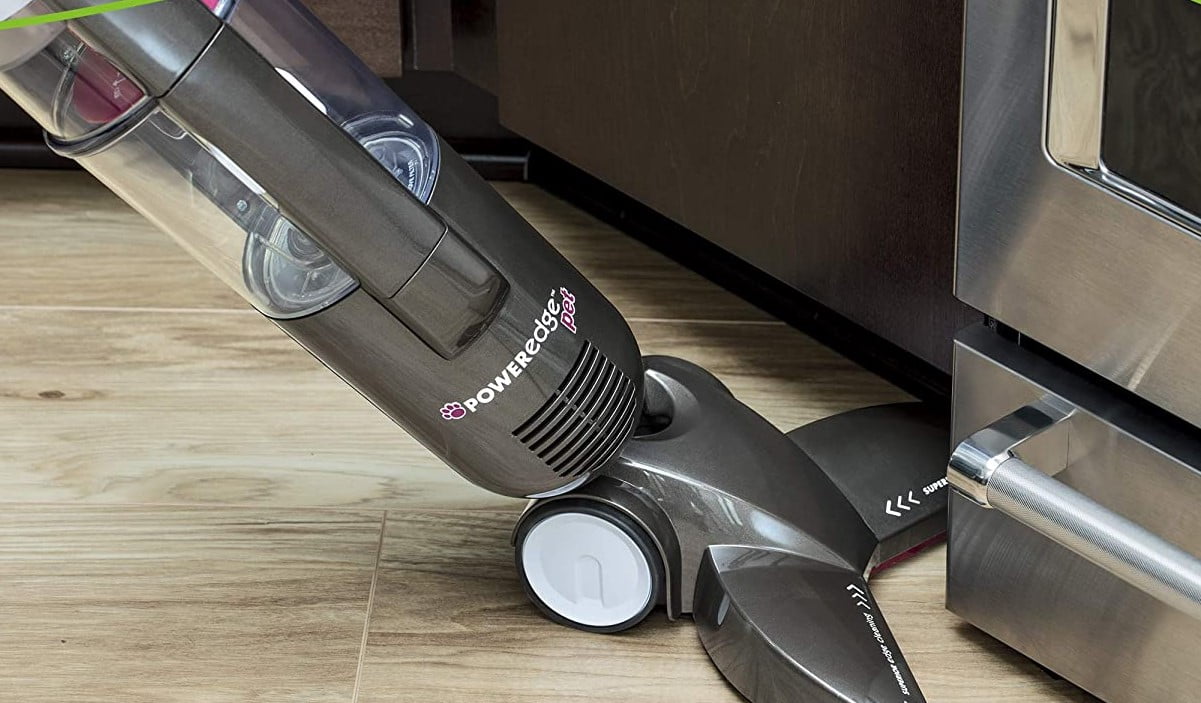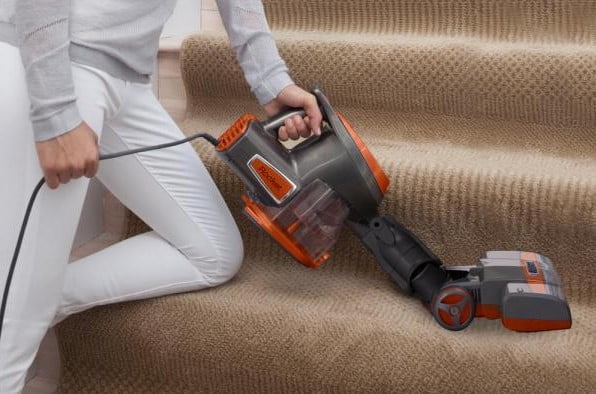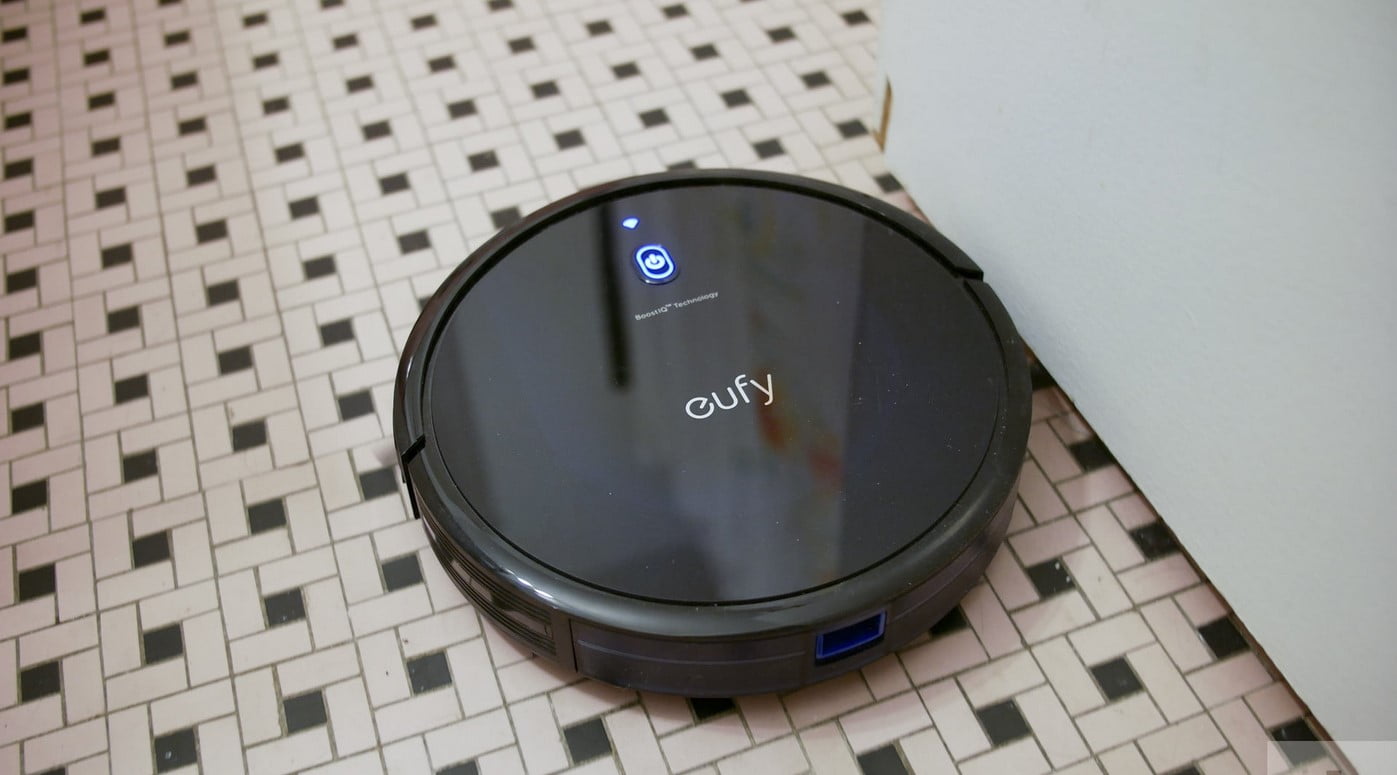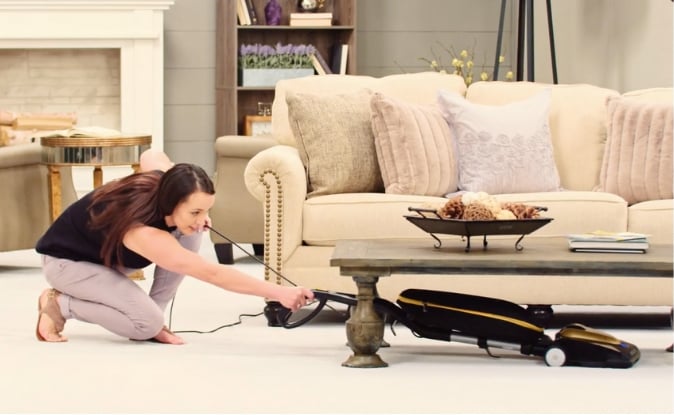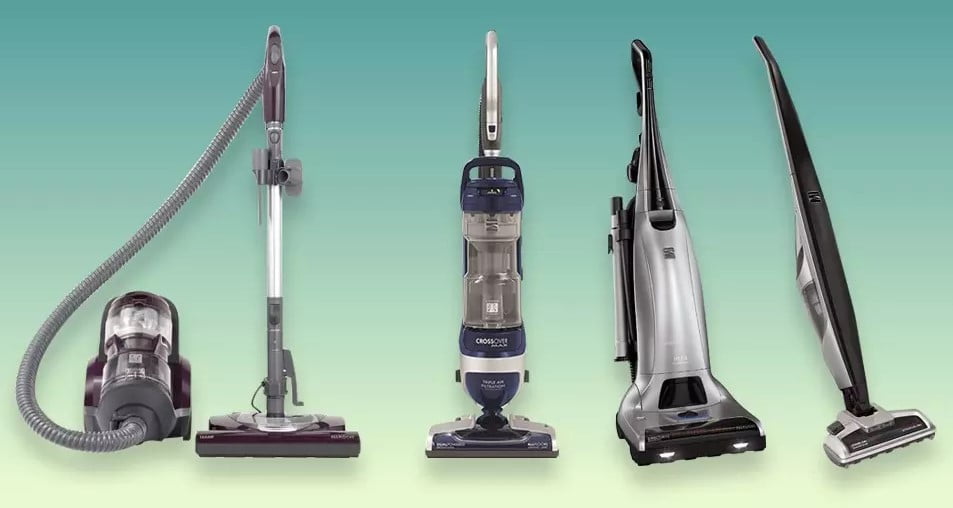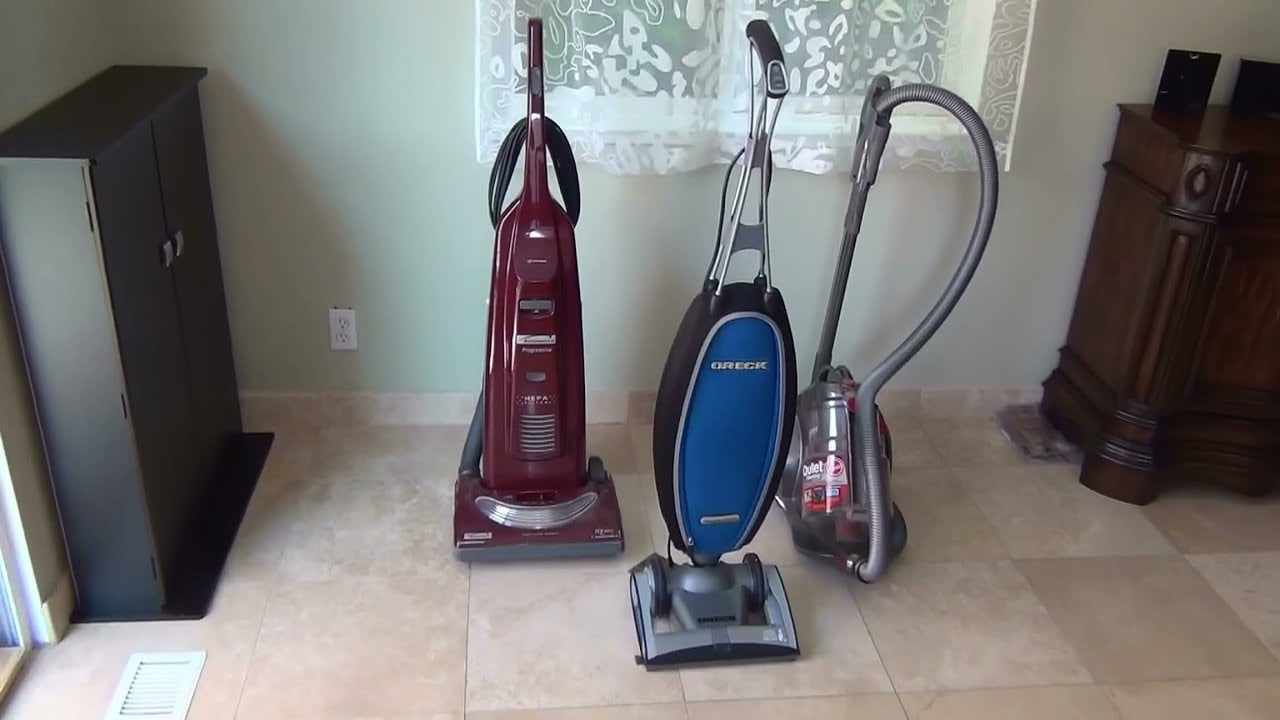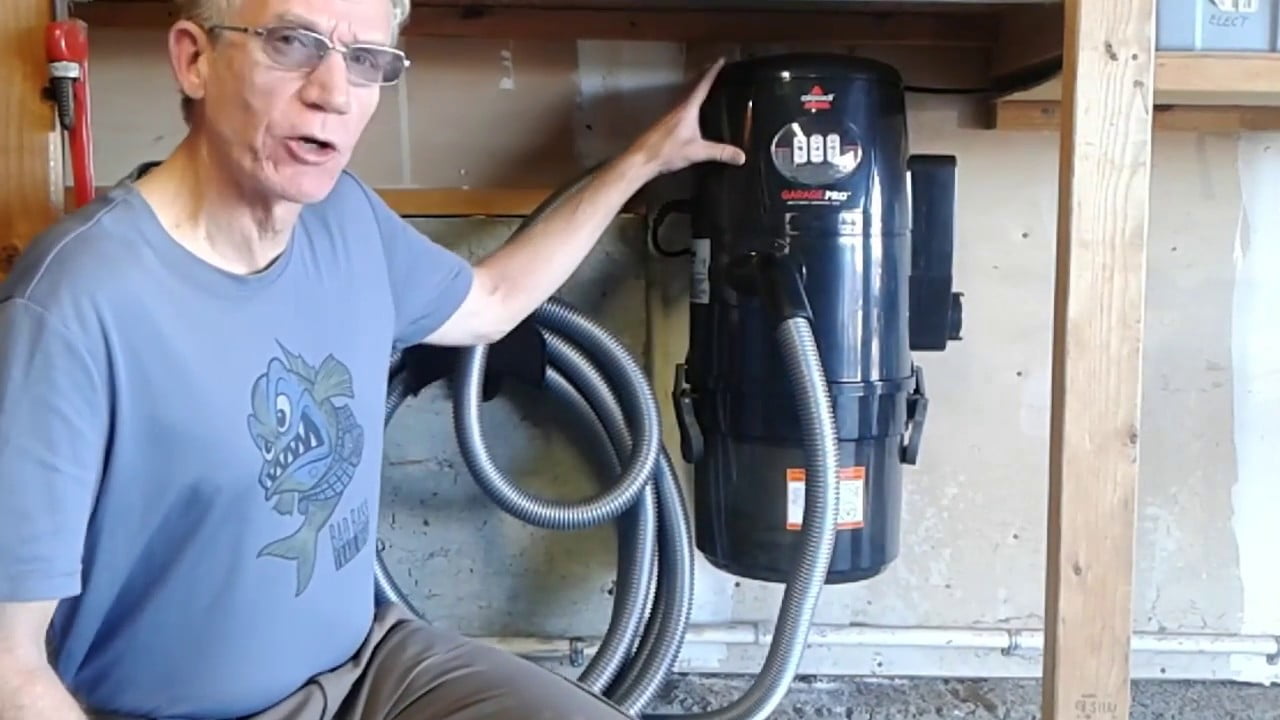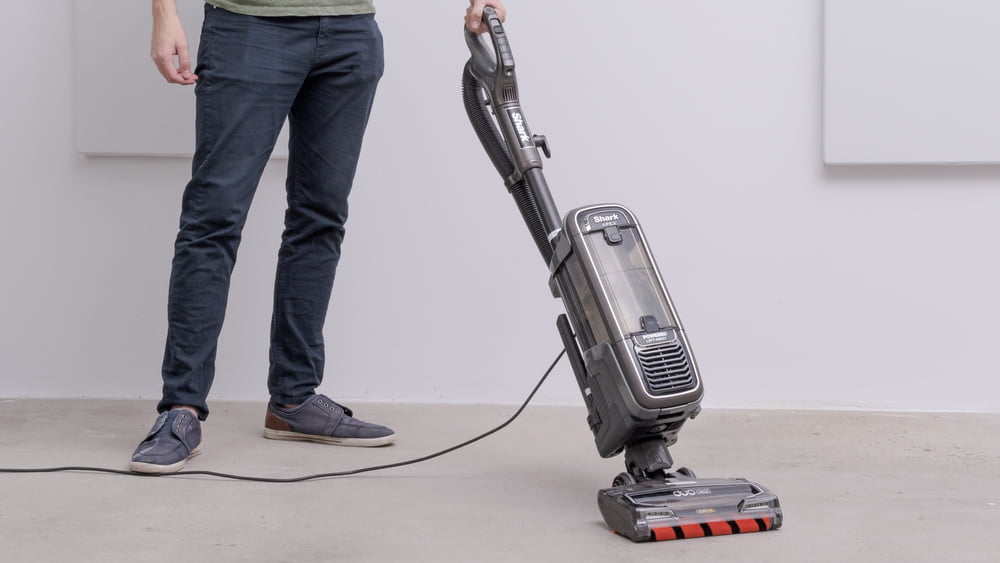Learning how to clean vacuum filters can save a lot of money in the long run. It’s important to remember that not every dirty filter can be washed. That includes the filters in some top-rated vacuum cleaners. Trying to clean certain types of vacuum filters can result in severe damage to the filter.
KEY TAKEAWAYS:
- Only vacuum filters explicitly designed to be washable should ever be cleaned by you.
- The most significant sign that you need to clean or replace the filter in your vacuum is the loss of suction power, so keep an eye out for that.
- Washing reusable filters isn’t a very long process and should take you no longer than a few minutes, minus the time it will take to air dry.
How to Clean Vacuum Filters
Before you learn how to clean vacuum filters, you need to know what type of filter you’re dealing with, and how to clean your vacuum cleaner correctly, especially if you’re using a HEPA vacuum cleaner. Different brands have different requirements for care, which will be easily found in the cleaning instructions for the filter. The steps will be almost the same for the majority of filters, however.
Why Cleaning Filters is Important
There are many reasons why keeping your HEPA vacuum cleaner filter clean is crucial. Here are a few of them:
- Dirty filters can cause an unpleasant odor
- Regular cleaning helps maintain strong suction
- Clean filters help with maintaining high air quality
- The chance of mold growth increases with dirty filters
Insider Tip
Learning how to clean vacuum filters can save a lot of money in the long run.
1. Gather Your Supplies
Once you know what kind of filter you’re dealing with, you can gather whatever supplies you need. While this list will vary from filter to filter, here is a general list of what you might expect:
- Screwdriver
- Gloves
- Trashcan
- Soapy Water
- Mild detergent
2. Remove Your Vacuum Filter
Perhaps the least simple step, figuring out how to remove the filter, will take a little thought. Some of them easily pop out, and others will need a screwdriver for removal. Check the instruction manual for more direction on how you should remove your filter. Be cautious when removing a cartridge filter, since some excess dust might have accumulated after cleanings and may disperse the dirt particles from the filter surface into the air.
Insider Tip
Some filters can be cleaned with mild detergent, too, which can improve your cleaning performance.
3. Clean the Filter Thoroughly
You can do this in a couple of different ways. The best way to do it is to run room temperature or warm water over the filter gently. Be careful not to touch the filter itself as this could harm it. This is especially true of HEPA filters. Some filters can be cleaned with mild detergent, too, which can improve your cleaning performance. This will not apply to a non-washable filter, which you should throw out and replace with an additional filter. You may find washable filters in bagless vacuums, and being able to wash the filter with water will help you save more money in the long run. Keep in mind some vacuum models may have multiple types of filter screens, like pre-motor filters alongside the post-motor filter. If they’re all washable, you should wash them with cold water. If the manual allows it, you can throw the washable vacuum filter into a washing machine for a nice deep cleaning.
4. Allow For Thorough Airdrying
Now that you’ve gone through the cleaning process for your filter, it’s time to allow it to air dry. Skipping this step could alter the cleaning efficiency of the process. Both mold spores and mildew love growing in dark, wet environments, and leaving a filter even a little damp could cause an outbreak of either. It’s suggested that you leave the filter to dry for at least an hour. It ultimately depends on the filter material and how much excess water needs to evaporate. A damp filter should either air dry in max a few hours, or it can dry faster in a tumble dryer.
5. Reinstall the Filter in Your Vacuum
The last step will be placing the filter back into your vacuum. In addition, if you want to improve the overall performance of your vacuum, consider learning how to clean the vacuum hose and other major parts of your appliance.
Warning
Trying to clean certain types of vacuum filters can result in severe damage to the filter.
F.A.Q.
Why might cleaning a HEPA air filter be a bad idea?
HEPA filters are created in a way that makes them highly sensitive to outside interference. Attempted cleaning will irreversibly damage the tightly woven fibers. This mesh allows the filter to do its job, so unless it is specifically designed to be washable, you should never attempt to reuse your filter.
When should I replace Shark vacuum filters?
Always check the instruction manual that comes with your vacuum or the packaging the filter came in. Both will tell you when a good time to replace your filter is. You can also check the filter regularly to ensure it isn’t getting too full and hasn’t sustained damage that could render it ineffective.
Where can I get filters and replacement parts for my Shark products?
There are a few different options for Shark products. The best way to go about it is to visit their official website. Going directly through Shark allows you to ask questions about their products directly to customer service experts who can guide you through the process. They also offer a wide variety of benefits, like their product registration and customer loyalty program.
Do products on the Dyson V-series only come with one filter?
Most Dyson V-series products will come with a filter. However, you can always upgrade to a better filter if you’d like cleaner air and a better experience. Just make sure that you reach out to customer service and ensure that the filter you purchase is compatible with your Dyson-V series model.
STAT: Remember: A HEPA filter consists of tightly woven fibers, and washing or scrubbing it is likely to affect the condition of the fibers, which in turn makes the filter less effective at cleaning 99%+ of microscopic particles. (source)
REFERENCES:
- https://www.wikihow.com/Clean-a-HEPA-Filter
- https://www.wikihow.com/Clean-a-Dyson-Filter
- https://www.researchgate.net/publication/235048517_Viral_Penetration_of_High_Efficiency_Particulate_Air_HEPA_Filters_PREPRINT#:~:text=HEPA%20filters%20are%20commonly%20thought,0.3%20micrometerr
- https://www.epa.gov/sites/default/files/2018-07/documents/guide_to_air_cleaners_in_the_home_2nd_edition.pdf
- https://en.wikipedia.org/wiki/HEPA

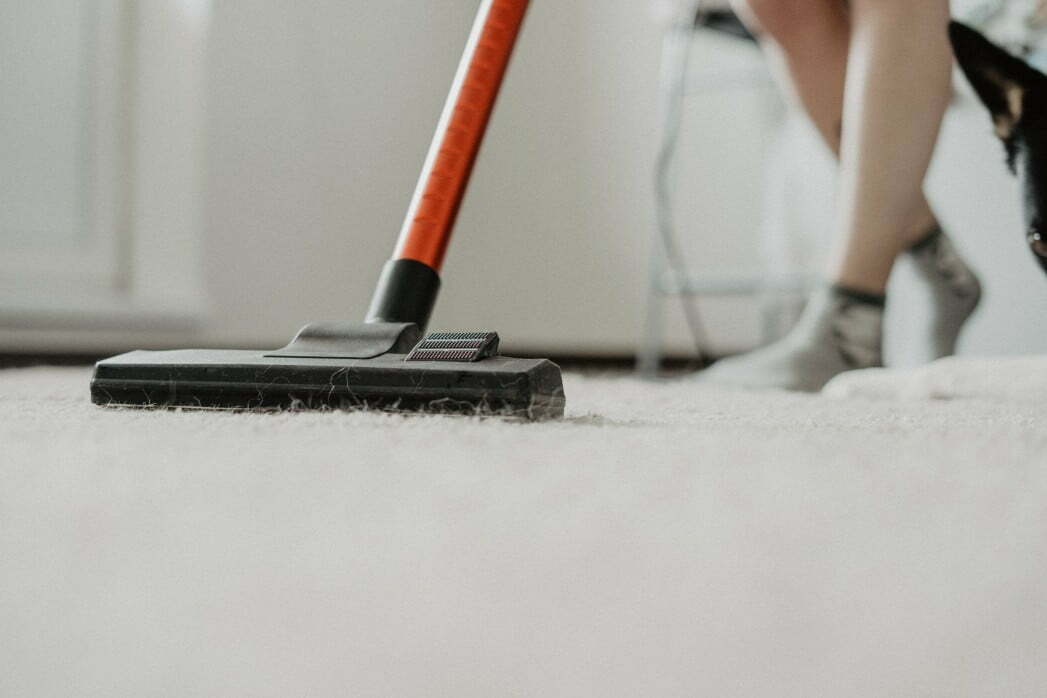













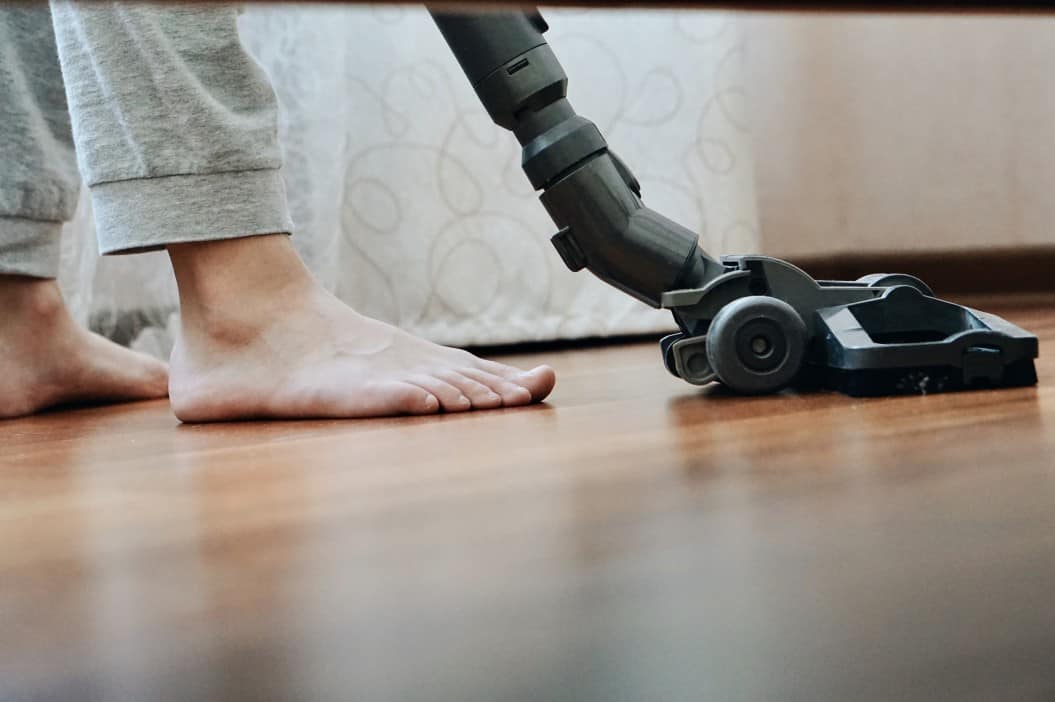
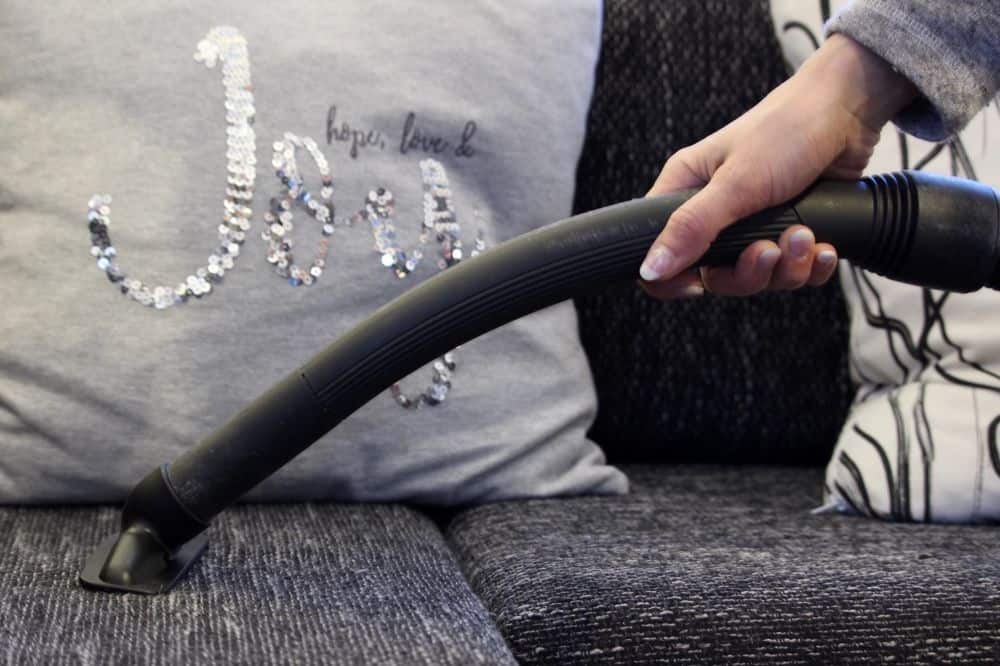
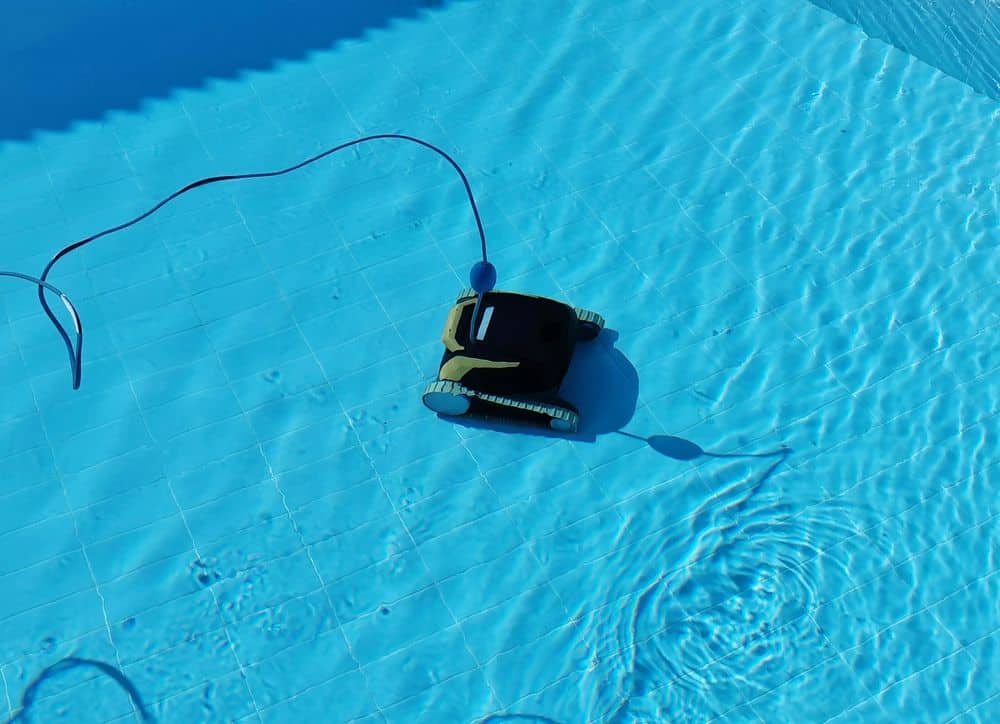
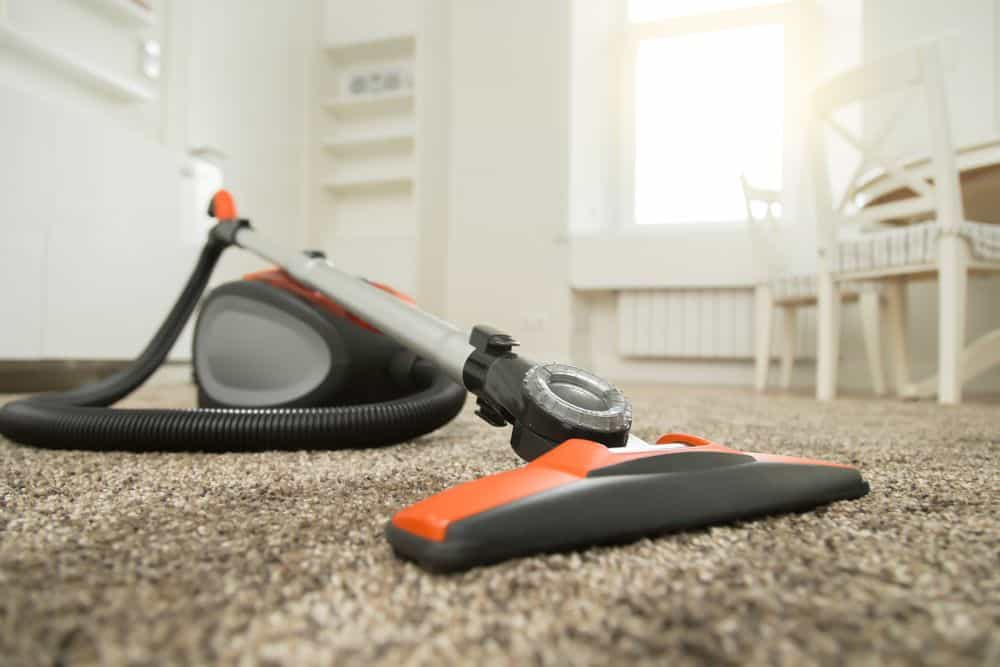
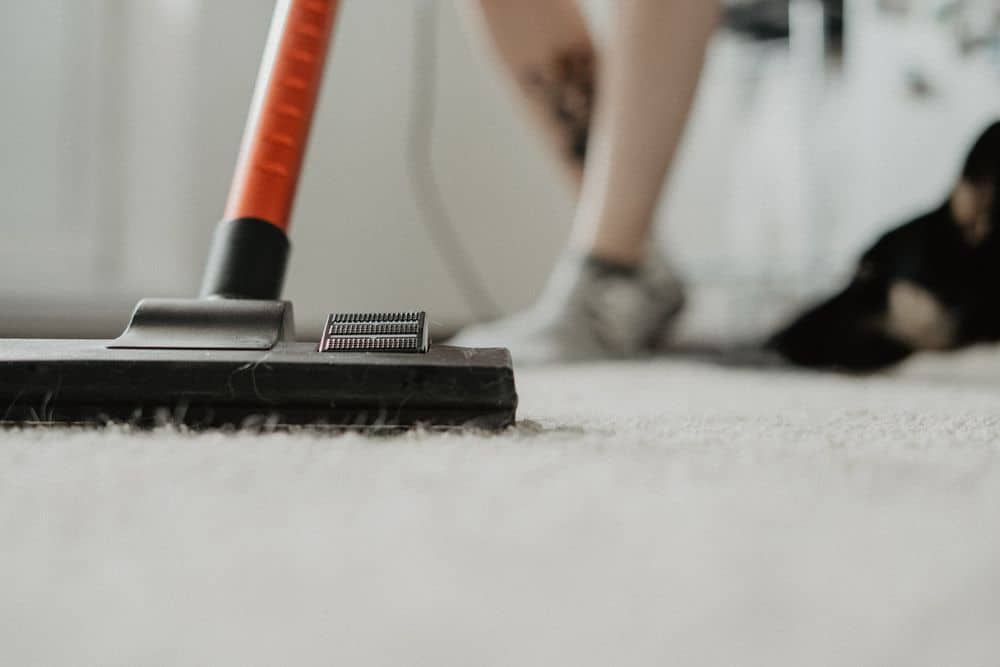
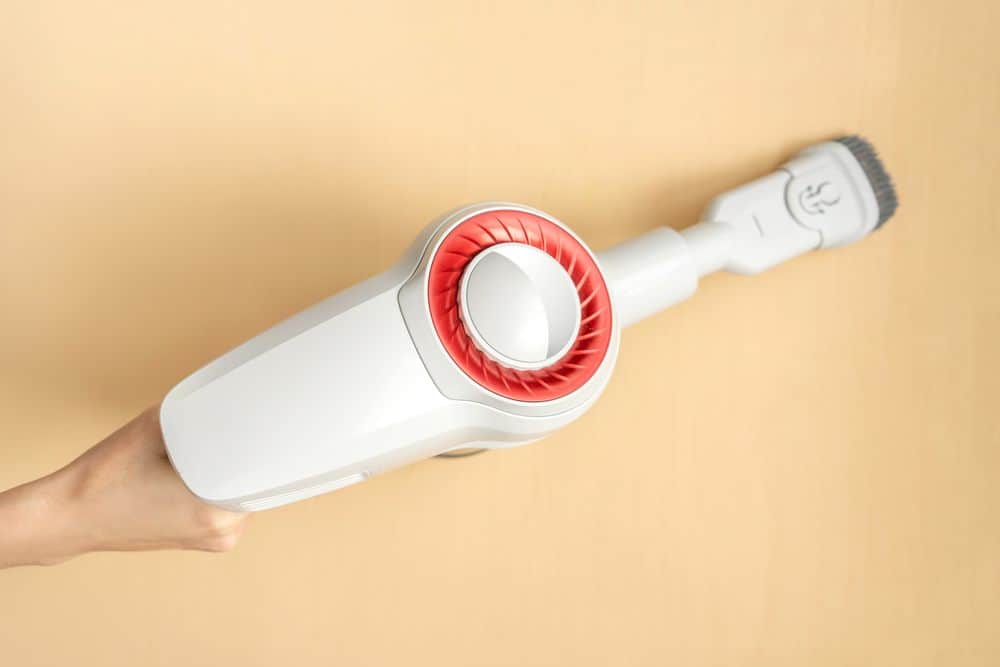
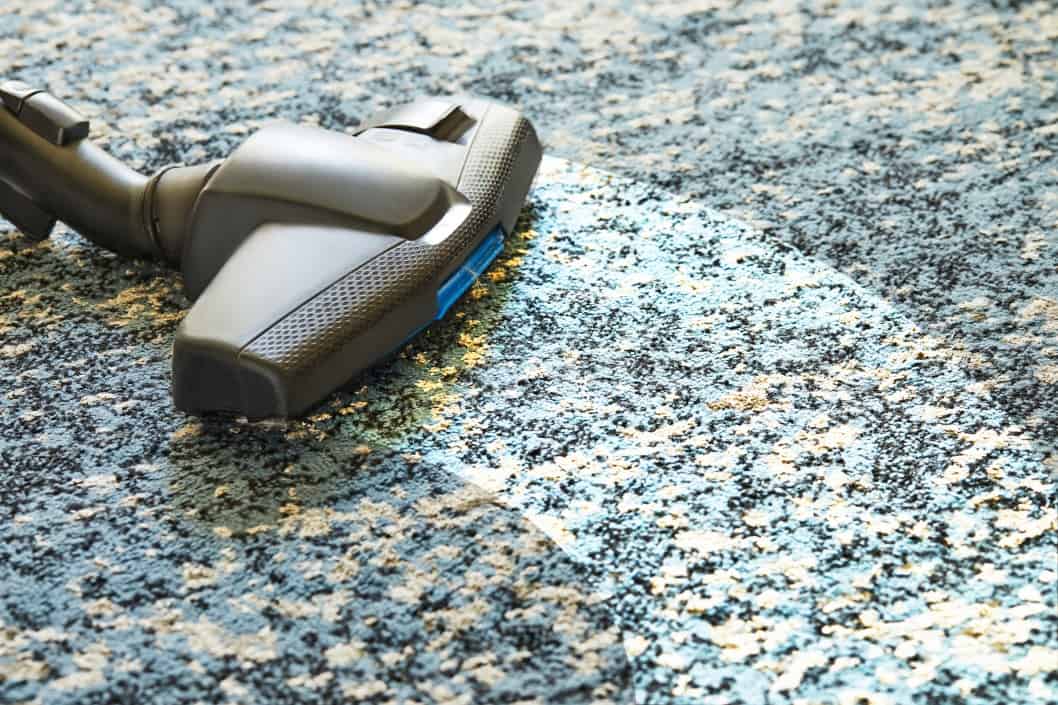
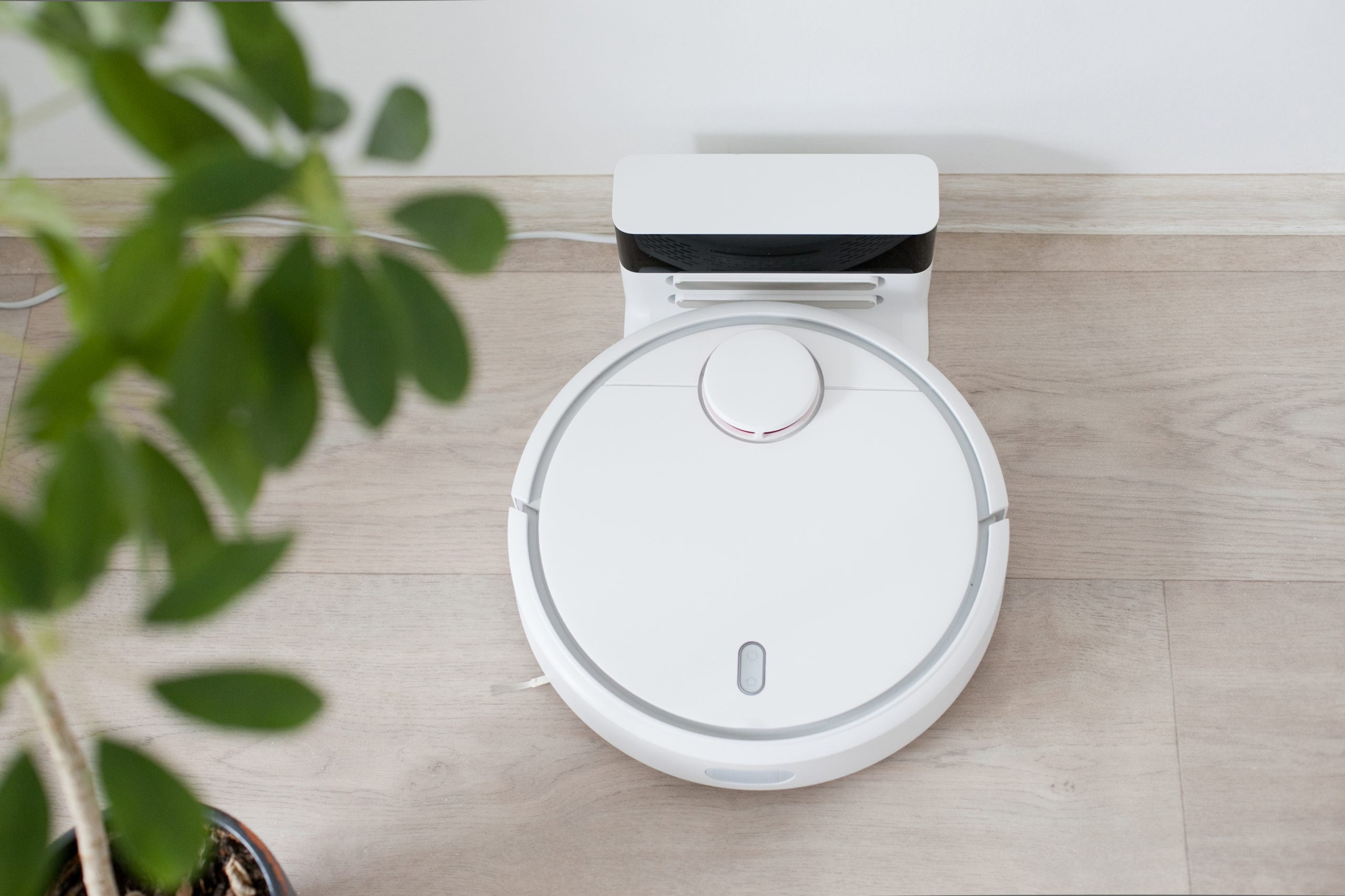
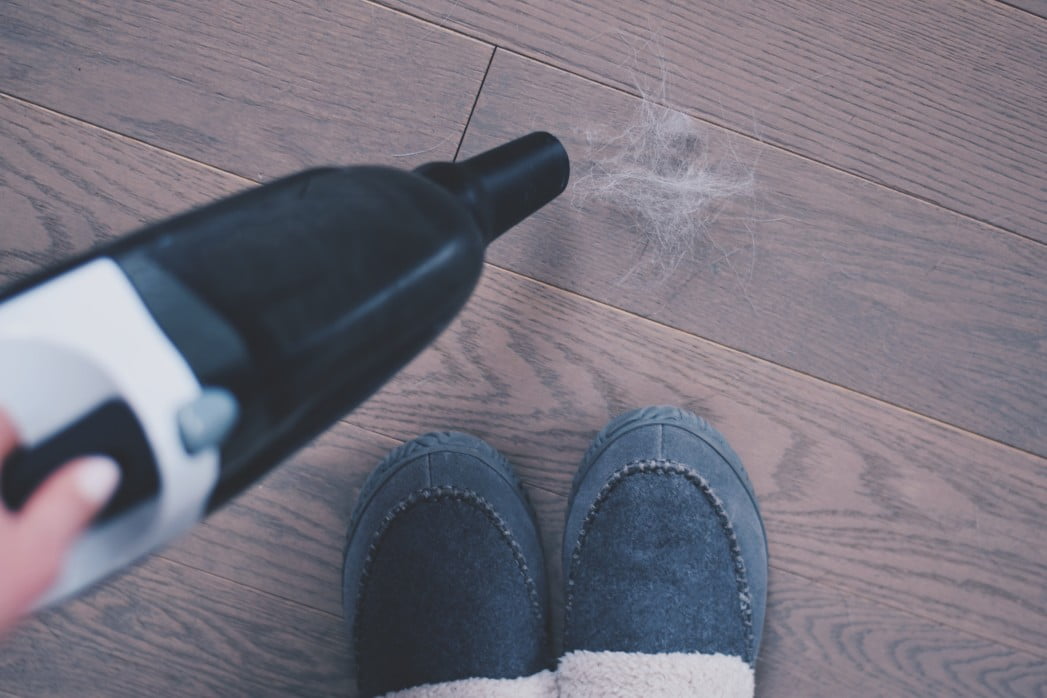
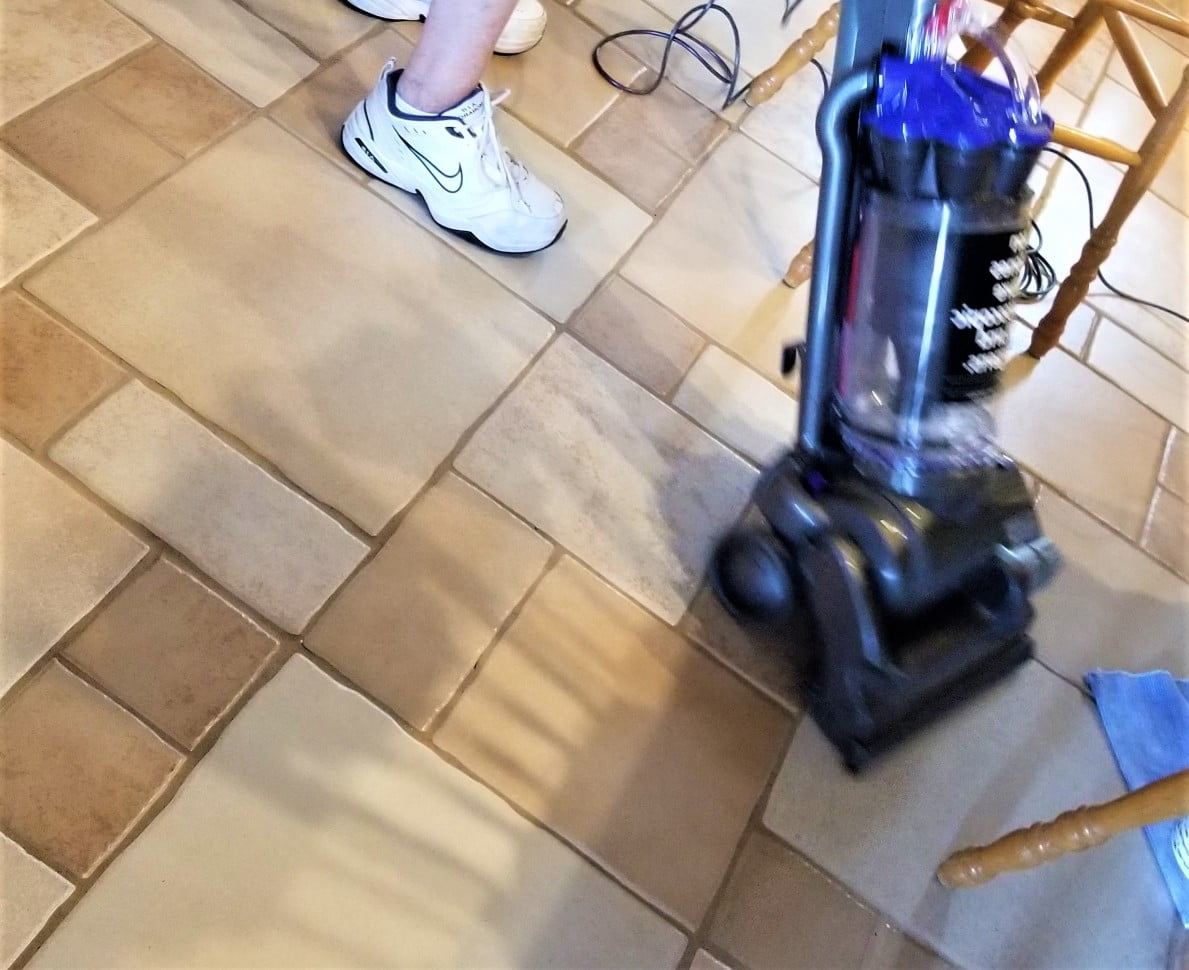
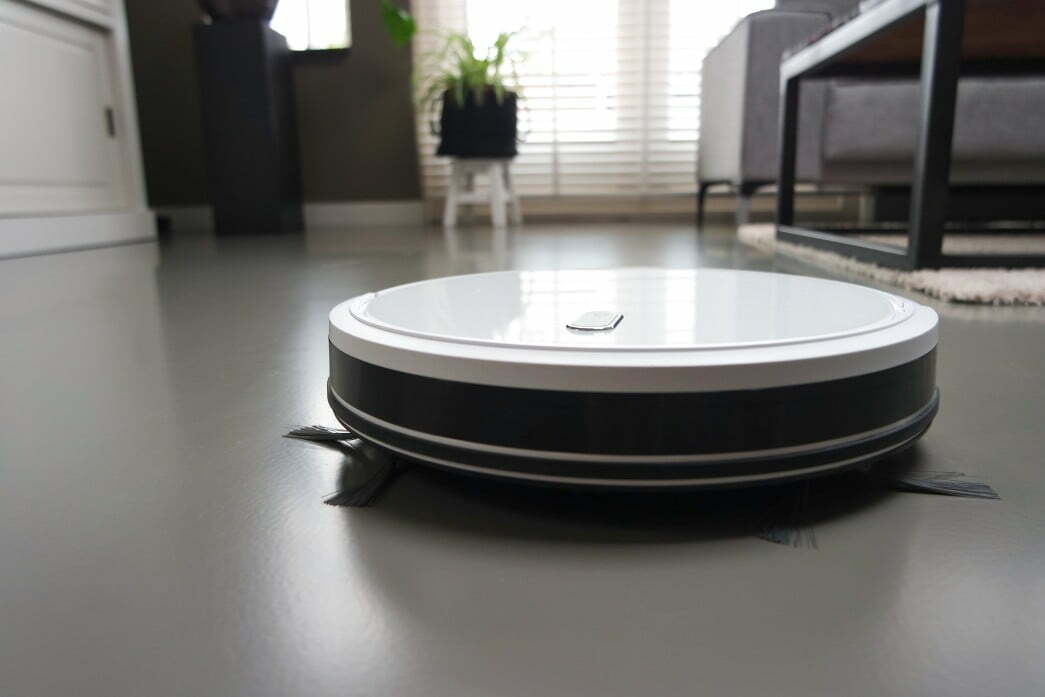
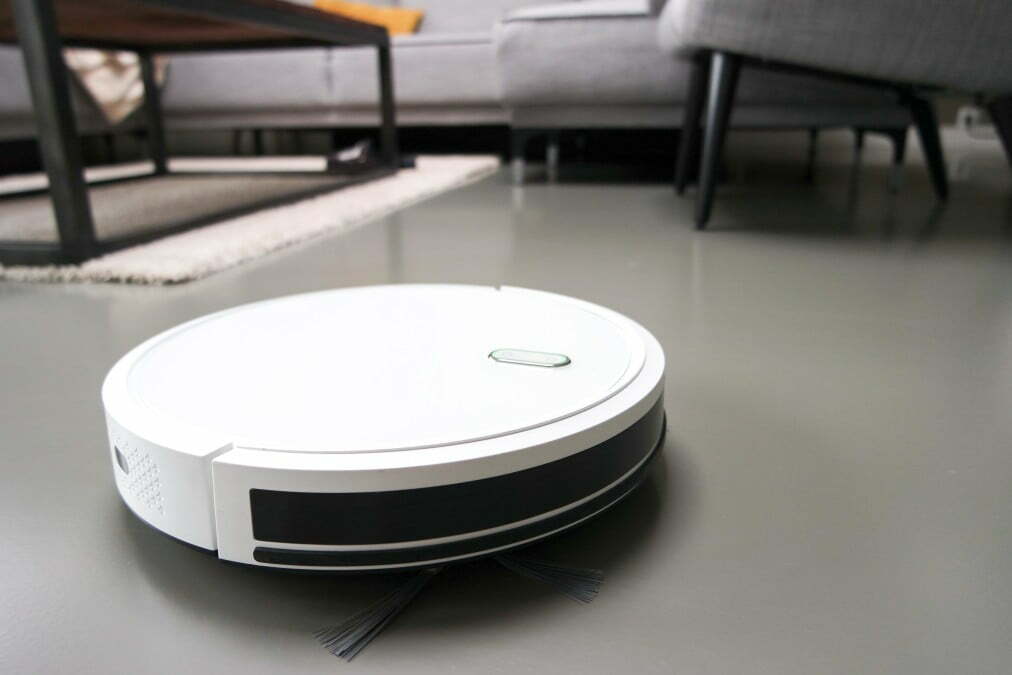
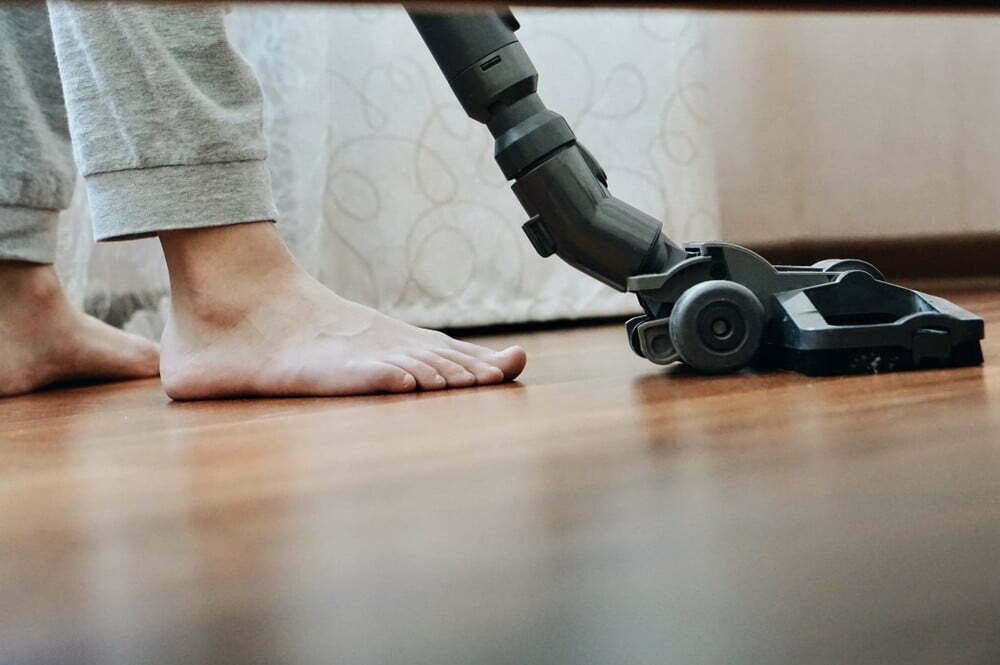
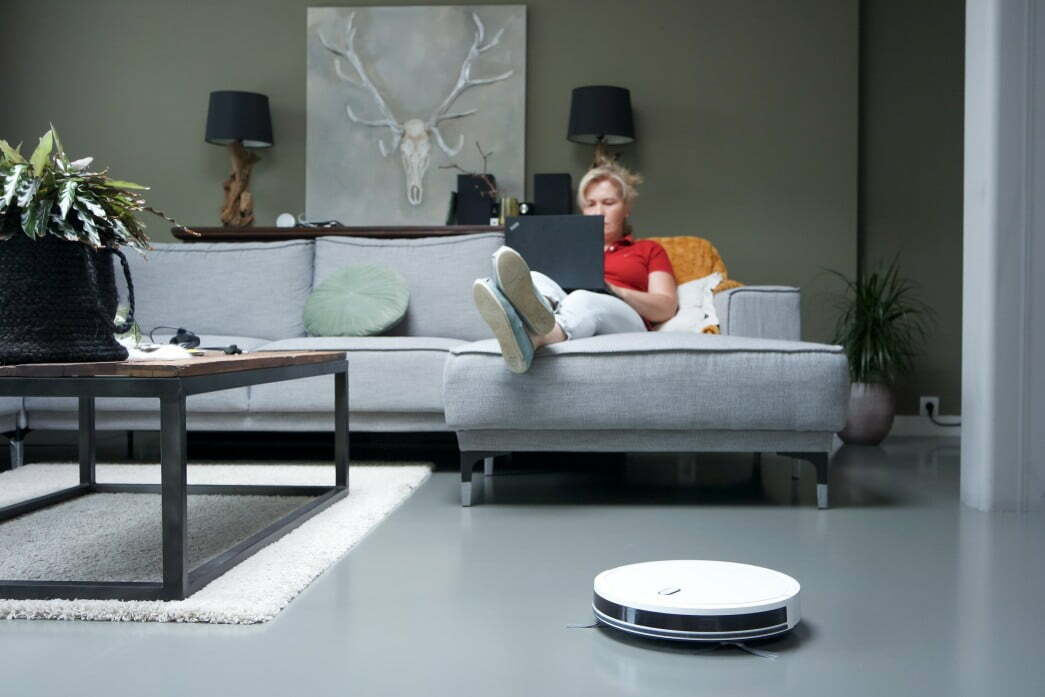
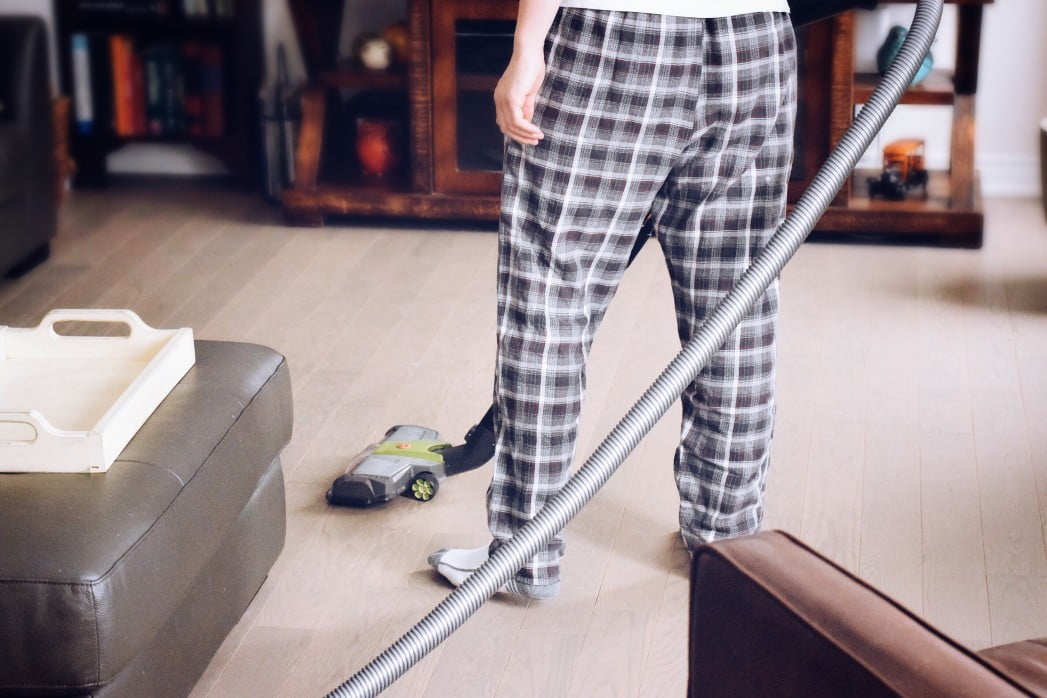
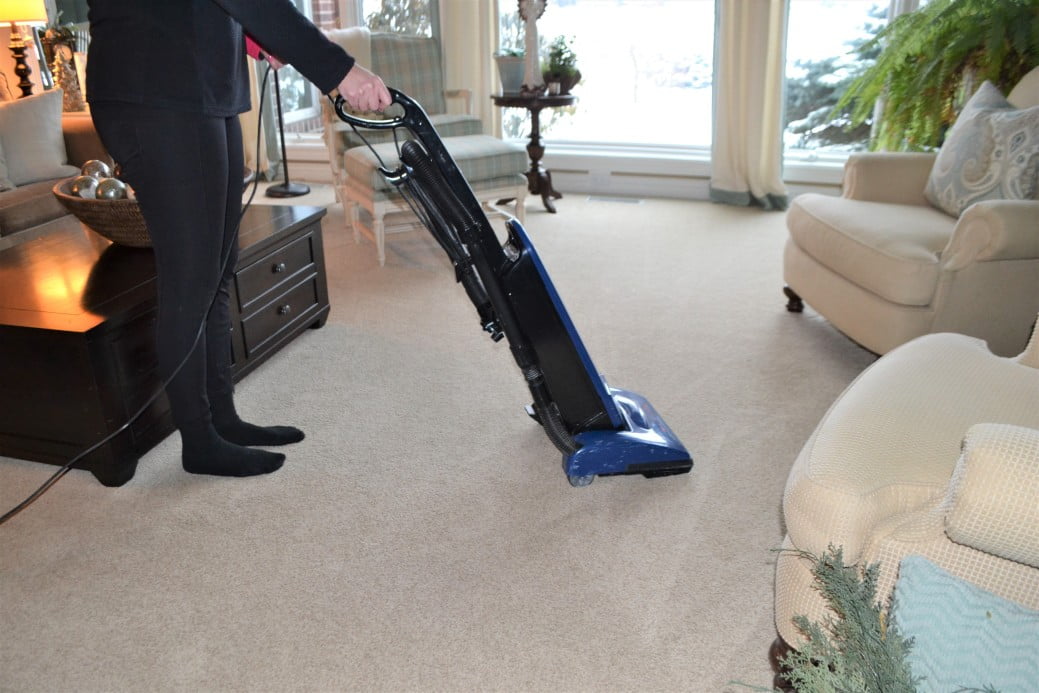
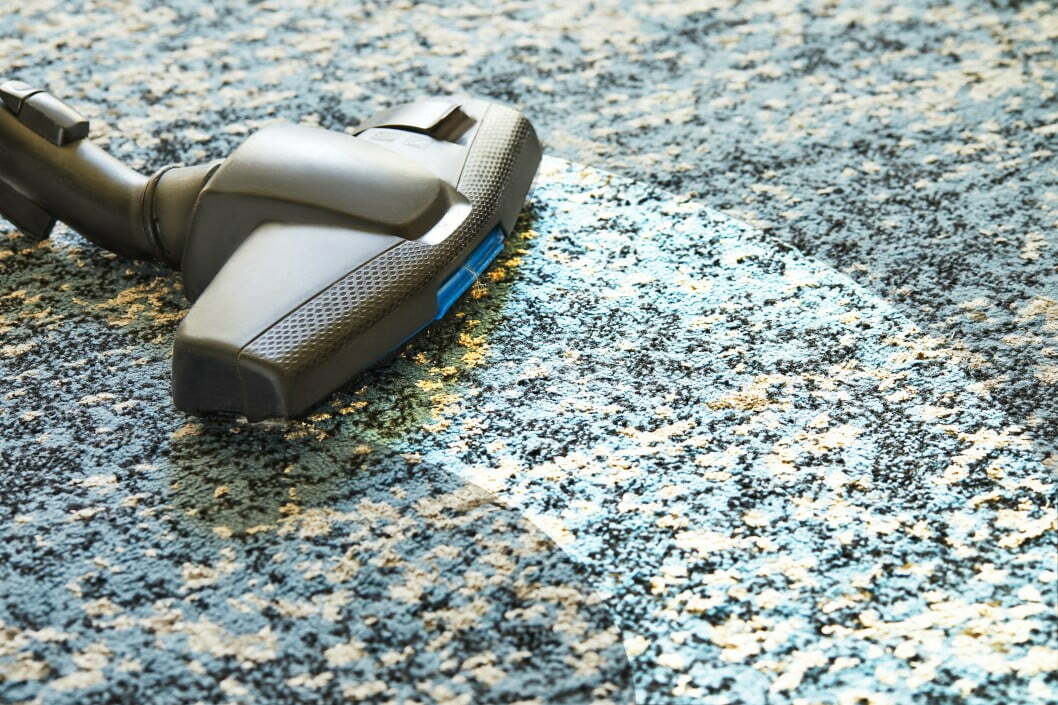
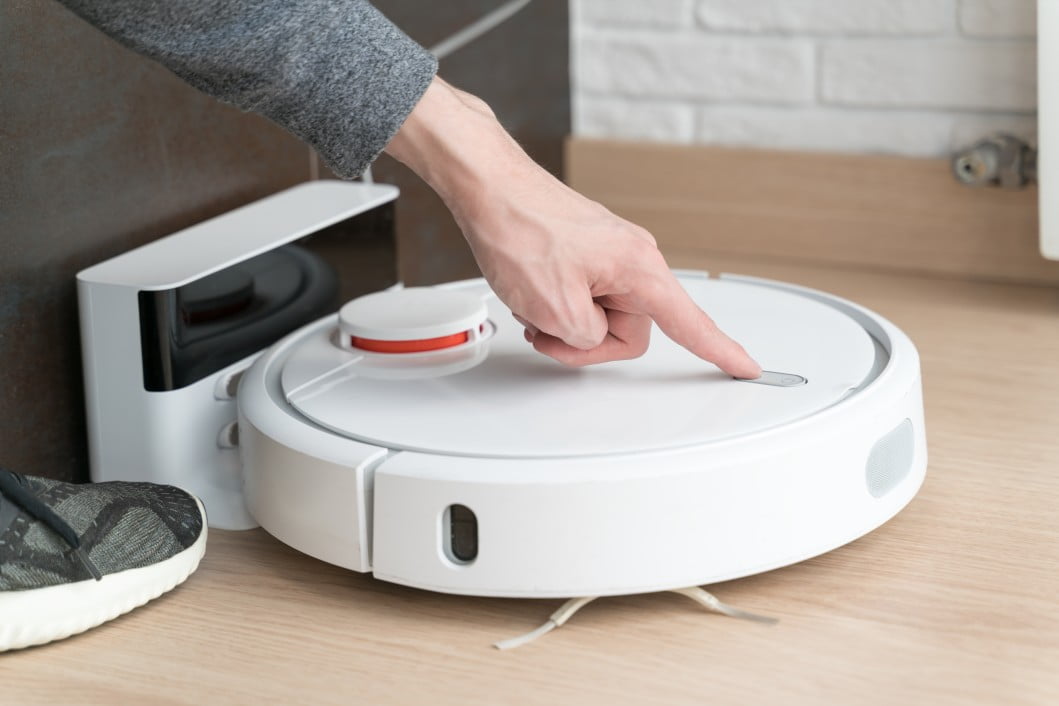
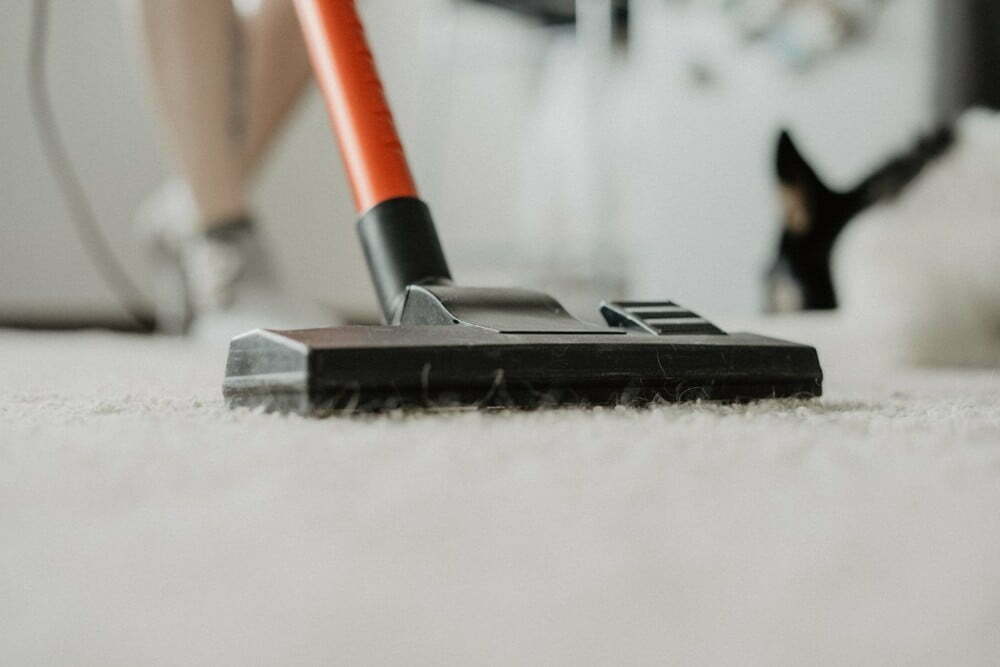
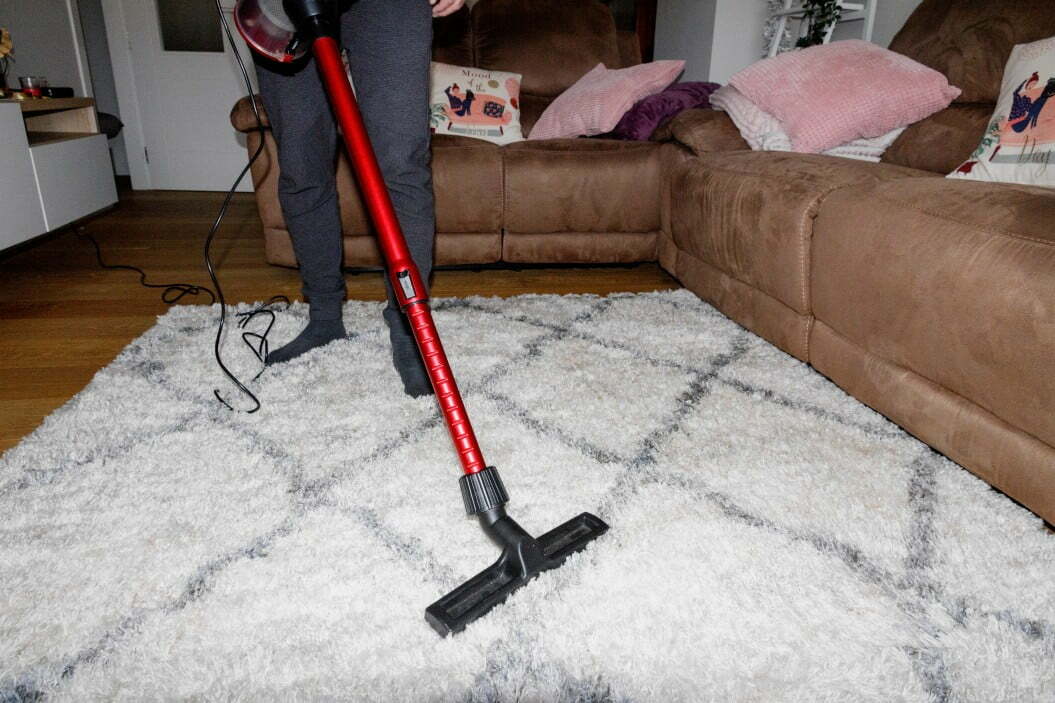
![Best Bissell Vacuum in [year] 27 Best Bissell Vacuum in 2025](https://www.gadgetreview.dev/wp-content/uploads/best-bissel-vacuum-image.jpg)
![Best Miele Vacuums in [year] 28 Best Miele Vacuums in 2025](https://www.gadgetreview.dev/wp-content/uploads/best-miele-vacuum-image.jpg)
![Best iRobot Vacuums in [year] 29 Best iRobot Vacuums in 2025](https://www.gadgetreview.dev/wp-content/uploads/best-irobot-vacuum-image.jpg)
![Best Vacuum with Retractable Cord in [year] 30 Best Vacuum with Retractable Cord in 2025](https://www.gadgetreview.dev/wp-content/uploads/best-vacuum-with-retractable-cord-image.jpg)
![Best Insurance for Home Appliances in [year] 31 Best Insurance for Home Appliances in 2025](https://www.gadgetreview.dev/wp-content/uploads/best-insurance-for-home-appliances.jpg)
![Best Insurance for Homeowners in [year] 32 Best Insurance for Homeowners in 2025](https://www.gadgetreview.dev/wp-content/uploads/best-insurance-for-homeowners.jpg)
![Best Self Propelled Vacuums in [year] 33 Best Self Propelled Vacuums in 2025](https://www.gadgetreview.dev/wp-content/uploads/best-self-propelled-vacuum-image.jpg)
![Best Commercial Leaf Vacuums in [year] 34 Best Commercial Leaf Vacuums in 2025](https://www.gadgetreview.dev/wp-content/uploads/best-commercial-leaf-vacuum-image.jpg)
![Best Vacuums for Cat Litter in [year] 35 Best Vacuums for Cat Litter in 2025](https://www.gadgetreview.dev/wp-content/uploads/best-vacuum-for-cat-litter-image.jpg)
![Best Robot Vacuums for Long Hair in [year] 36 Best Robot Vacuums for Long Hair in 2025](https://www.gadgetreview.dev/wp-content/uploads/best-robot-vacuum-for-long-hair-image.jpg)
![Best Dyson Vacuum in [year] ([month] Reviews) 37 Best Dyson Vacuum in 2025 (December Reviews)](https://www.gadgetreview.dev/wp-content/uploads/Dyson-DC65-e1479509572460.jpg)
![Best Dorm Vacuums in [year] 38 Best Dorm Vacuums in 2025](https://www.gadgetreview.dev/wp-content/uploads/best-dorm-vacuum-image.jpg)
![Best Vacuums for Fleas in [year] 39 Best Vacuums for Fleas in 2025](https://www.gadgetreview.dev/wp-content/uploads/best-vacuum-for-fleas-imagre.jpg)
![Best Robot Vacuum for Thick Carpet in [year] 40 Best Robot Vacuum for Thick Carpet in 2025](https://www.gadgetreview.dev/wp-content/uploads/roomba.jpg)
![Best RV Vacuums in [year] 41 Best RV Vacuums in 2025](https://www.gadgetreview.dev/wp-content/uploads/best-rv-vacuum-image.jpg)
![Best Vacuums for Apartment in [year] 42 Best Vacuums for Apartment in 2025](https://www.gadgetreview.dev/wp-content/uploads/best-vacuum-for-apartment-image.jpg)
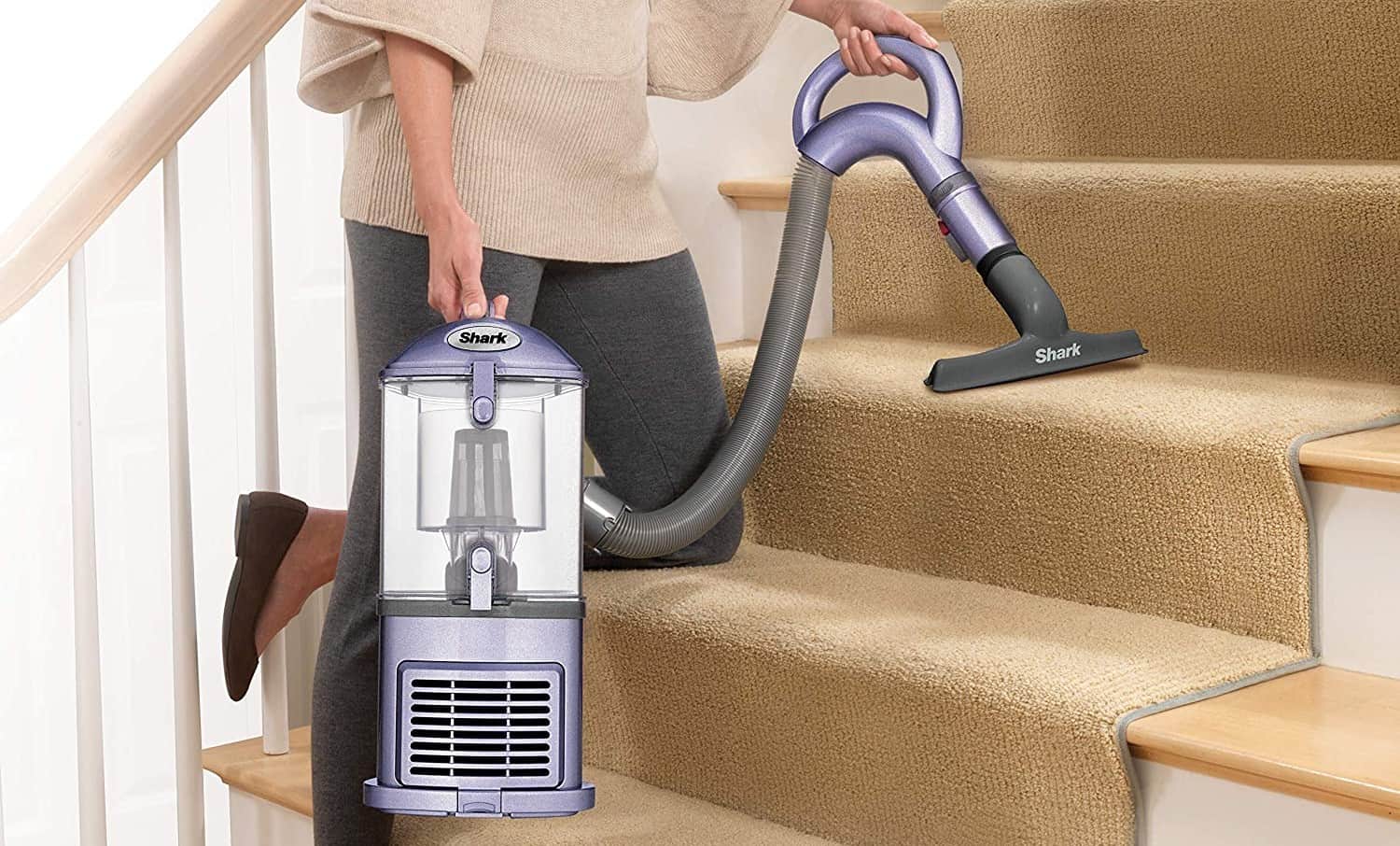
![Best HEPA Vacuums in [year] 44 Best HEPA Vacuums in 2025](https://www.gadgetreview.dev/wp-content/uploads/best-hepa-vacuum-image.jpg)
![Best Water Filtration Vacuums in [year] 45 Best Water Filtration Vacuums in 2025](https://www.gadgetreview.dev/wp-content/uploads/best-water-filtration-vacuum-image.jpg)
![Best Vacuums for Dust Mites in [year] 46 Best Vacuums for Dust Mites in 2025](https://www.gadgetreview.dev/wp-content/uploads/best-vacuum-for-dust-mites-image.jpg)
